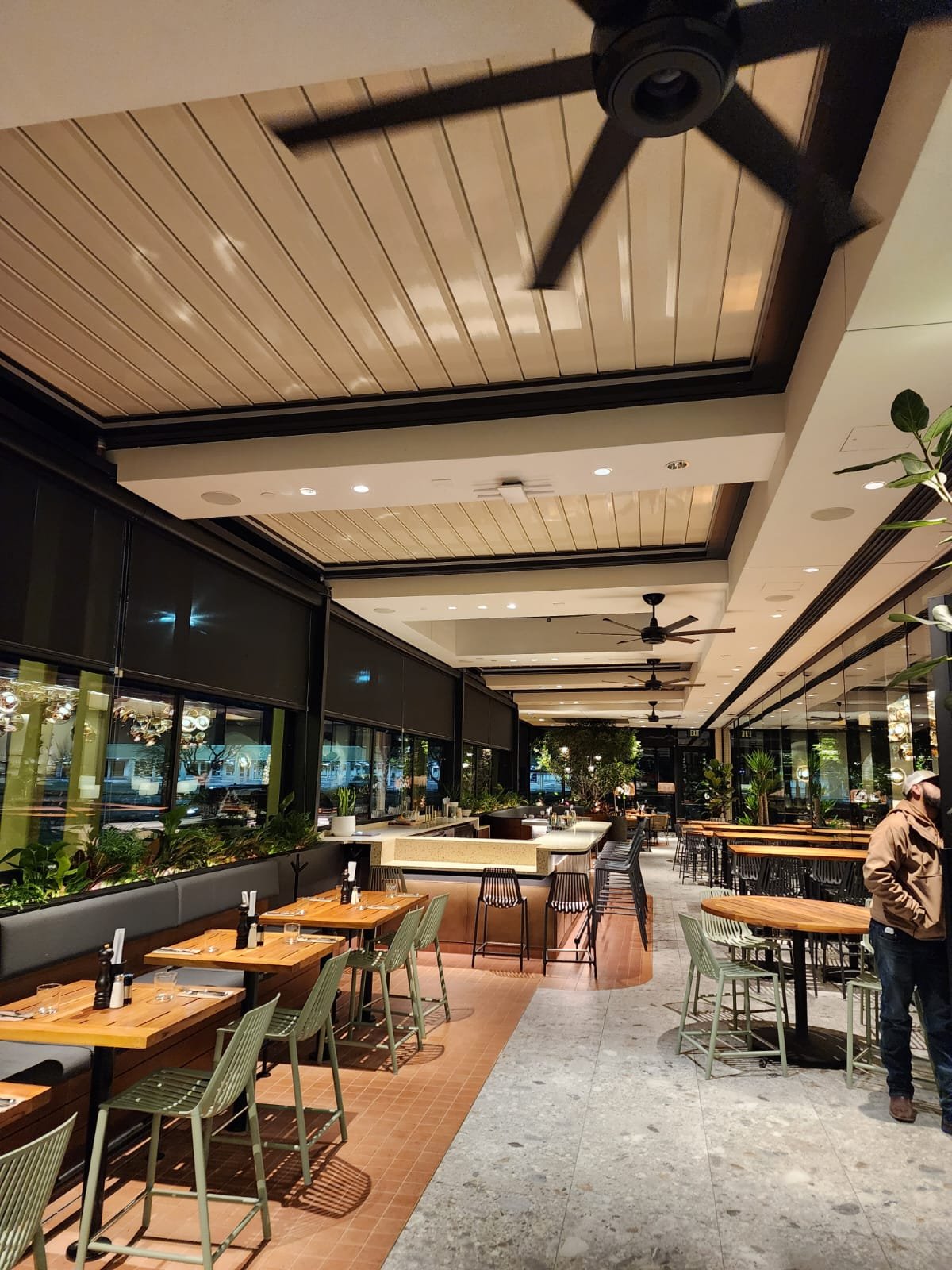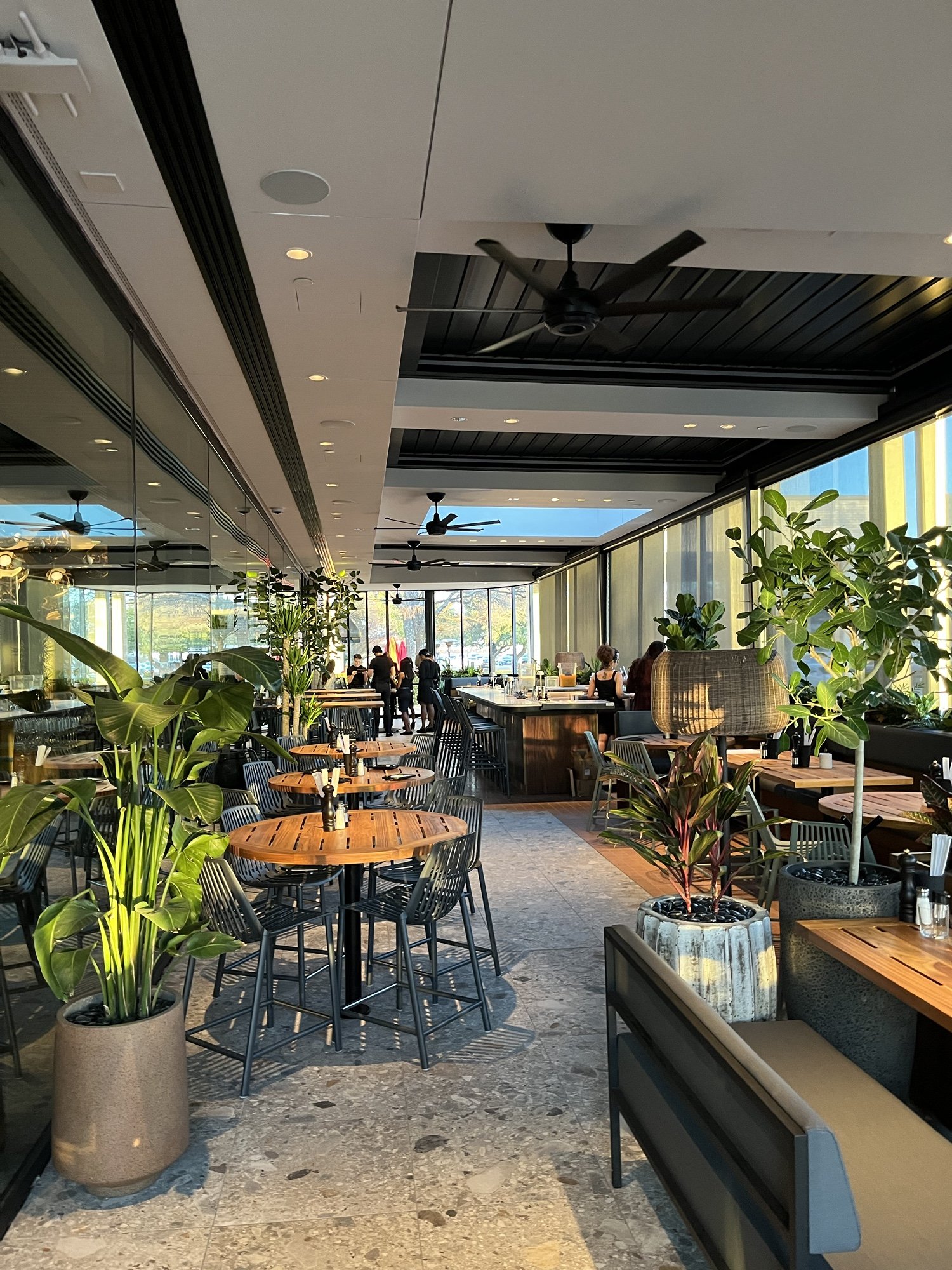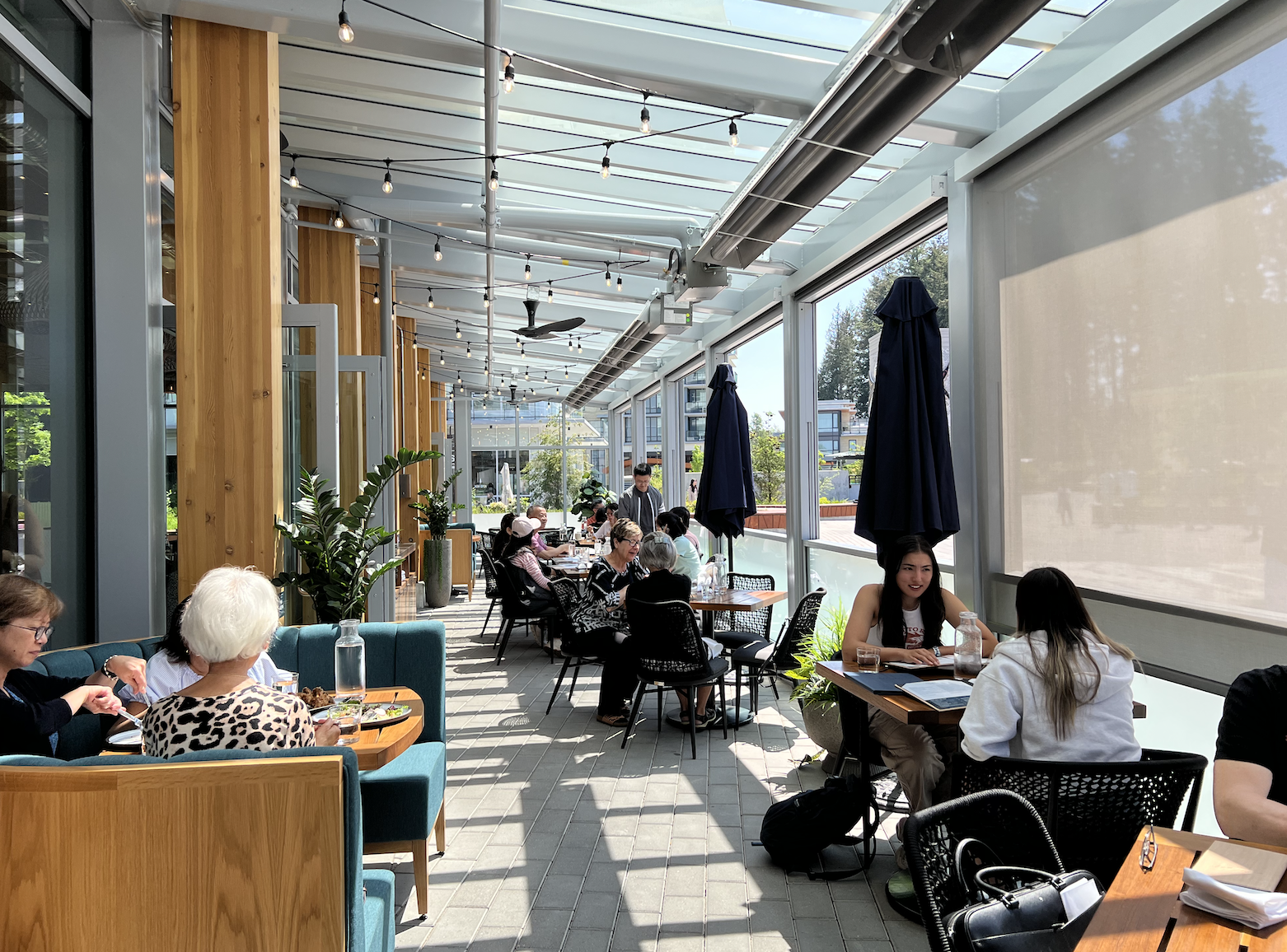Designing Sustainable Outdoor Enclosed Spaces: Aligning with Green Building Code and US Green Building Council Goals
In recent years, there has been a growing emphasis on sustainability in the construction and design industry, with a particular focus on outdoor spaces for dining and special events. As communities strive to reduce their environmental footprint, architects and designers are incorporating green building practices into their projects. This article explores the intersection of sustainable outdoor enclosed spaces, the Green Building Code, and the goals of the US Green Building Council (USGBC).
Sustainable Outdoor Spaces: A Necessity
Outdoor spaces play a crucial role in enhancing the quality of life for individuals and communities. As businesses, restaurants, and event venues seek to expand their offerings, the creation of sustainable outdoor enclosed spaces has become a key consideration. These spaces not only provide an extension of usable square footage but also contribute to environmental conservation and energy efficiency.
Key Elements of Sustainable Outdoor Enclosed Spaces
1. Energy-Efficient Design:
Sustainable outdoor spaces should prioritize energy efficiency. This can be achieved through the use of insulated materials such as operable glass walls and roofs, energy-efficient lighting, and smart climate control systems. Designing spaces that harness natural light and ventilation reduces reliance on artificial lighting and HVAC systems, contributing to energy savings.
2. Water Conservation:
Integrating water-efficient technologies, such as rainwater harvesting systems and permeable surfaces, helps in minimizing water consumption. Collecting and repurposing rainwater for irrigation or other non-potable uses aligns with sustainable practices.
3. Material Selection:
Choosing eco-friendly and locally sourced materials is essential for minimizing the environmental impact. Recycled materials, sustainable wood, and low-emission finishes contribute to a healthier indoor environment while reducing the carbon footprint of the project.
4. Biodiversity Integration:
Incorporating greenery and native plants into the design promotes biodiversity. Green roofs, vertical gardens, and landscaping not only enhance the aesthetic appeal of outdoor spaces but also provide habitats for local flora and fauna.
Green Building Code and Outdoor Enclosed Spaces
The Green Building Code, often adopted at the local level, sets the standards for sustainable construction practices. Incorporating sustainable features into outdoor spaces aligns with several principles of green building codes:
1. Energy Performance:
Complying with energy efficiency standards for insulation, lighting, and HVAC systems ensures that outdoor enclosed spaces contribute to overall energy conservation goals.
2. Water Efficiency:
Sustainable landscaping practices and the use of water-efficient technologies align with the Green Building Code's emphasis on reducing water consumption.
3. Materials and Resources:
Selecting materials with recycled content and low environmental impact aligns with the code's focus on responsible resource use.
4. Innovation and Design Process:
Encouraging innovative design solutions, the Green Building Code supports the integration of sustainable practices into outdoor spaces.
US Green Building Council and Leadership in Energy and Environmental Design (LEED)
The US Green Building Council, through its LEED certification program, provides a comprehensive framework for sustainable building design, construction, and operation. While LEED certification is traditionally associated with buildings, outdoor spaces are increasingly recognized as integral components of sustainable development.
1. LEED for Neighborhood Development (LEED ND):
LEED ND provides guidelines for the sustainable development of entire neighborhoods, including outdoor spaces. Projects are evaluated based on smart location choices, green infrastructure, and community connectivity.
2. LEED for Outdoor Spaces:
Recognizing the importance of outdoor environments, the USGBC has introduced specific guidelines for LEED certification of outdoor spaces. These include considerations for sustainable landscaping, water management, and energy-efficient design.
Conclusion
Creating sustainable outdoor enclosed spaces for dining and special events is a vital step towards a more environmentally conscious future. By aligning with the Green Building Code and the goals of the US Green Building Council, designers and architects contribute to the overall sustainability of the built environment. As the demand for these spaces continues to rise, incorporating eco-friendly practices not only meets regulatory requirements but also reflects a commitment to responsible and forward-thinking design. Ultimately, the integration of sustainable principles into outdoor spaces enhances the well-being of communities and the health of the planet.
Wildlight Kitchen & Bar




